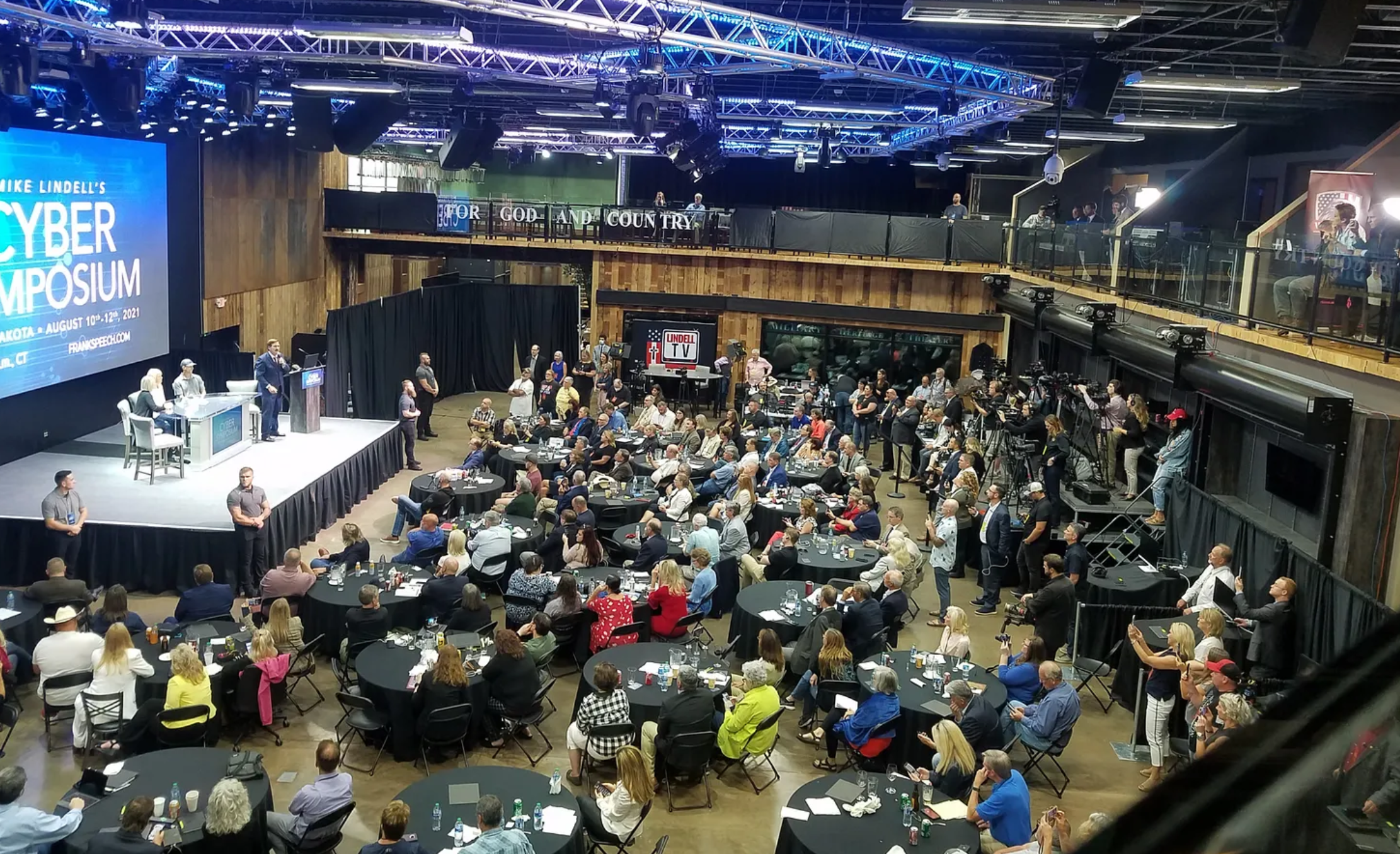How Your Voice Can Be the Change

Because transparency and access to election data is diminishing, perhaps more than ever before, citizens are engaging with local representatives, whether at the city, town, or county level in quite a few areas across Minnesota.
It is not quite (but could be in near future) possible to document all of these interactions, because it requires using new tech not yet widely used, so for the moment these write-ups aim to give a snapshot of election happenings separate from candidates and focused more so on the process, systems, and statutes.
Front and center is the question: Why is it so hard to prove that voters, ballots, and votes going in add up to those coming out in the results?
Tonight we'll start with a federal election crime discovered related to the 2020 general election, then note how election codes (statutes) changed in 2023 and 2024, and finish with audio from last night's Oak Grove City Council vote on sending the electronic poll pads back to the county.
2020 Federal Election Crime in Minnesota, Discovered in 2022
In 2022 it was discovered that a federal election crime had been committed in Chisago County when the vendor had performed a security update which caused the 2020 election to be archived prior to the federal 22-month retention period for records, 52 USC §20701 and §20702.
This was the Minnesota version of the Tina Peters story (in Colorado), except the files were not preserved—in Tina's case, the public now knows that the Dominion system was set up to delete records and remove the log files of those changes which occurred in 2020 and the 2021 Grand Junction election (witnessed the reveal of this first hand in 2021—Tina was introduced on Day 1 of the Cyber Symposium and the before and after images of the election servers were dissected on Day 2).

Since the election files were archived, anyone that wants to access the cast vote records or ballot images from the 2020 election in Chisago County can no longer do so, at least according to the county auditor at the time, who also confirmed the same with the vendor, Hart InterCivic, one of the three electronic voting equipment vendors for tabulators (KNOWiNK is the sole vendor for electronic poll books).
Access to Information Steadily Decreases
Since, the 93rd Minnesota Legislature (see all statutes and rules for Minnesota, 2024) made ballot images (the scanned pictures) of ballots put through the mandated electronic tabulators non-public data—so now, while election officials can review this information, and this writer believes should (especially prior to the county canvassing board meets to certify), the counties will not need to release this data to the public (no county ever did in Minnesota from 2020 nor from the 2022 election, but some counties outside Minnesota did, including the likes of Dodge County, WI, whose images were used to demonstrate by Rick Weible that ballot stock could be bought and ballots printed, with ease.
The information about the federal election crime was provided simply by having a conversation and this led to the first cast vote record from 2022 being produced by Chisago County in the at that time upcoming election. (Meanwhile, only Fillmore County was able to provide a cast vote record report from the 2020 election.)
Data is Limited, So What Should Cities Do?
Seeing this trend of reduced transparency and access to data, citizens have been informing their county commissioners, city councils, and town boards about what options they have. Most commissions in Minnesota, despite some bright spots, have not been able to make tangible progress, often deferring the Office of the Secretary of State even though a May 2024 presentation from David Maeda to town and city clerks has stated the OSS does not give legal advice.
This has left it up to the cities and towns to hold the line so to speak.
There are many options, but the most favored so far are outlined by The Oak Grove Way, which aims in part to 1) reduce complexity by removing electronic poll pads, and 2) expand and extend the post election review hand count to additional precincts and the down ballot races which normally are not audited according to Minn Stat §206.89.
The Power of One Voice
Last night in Oak Grove there was a discussion about whether to follow through on the decision not to use the electronic poll pads after the Anoka County Elections Manager Tom Hunt had indicated they must be used, clearly (to this writer) not in keeping with Minnesota Statute §201.225 (video explanations here).
(If they electronic poll books had to be used, the Legislature could have written an election code similar to the one which mandated electronic tabulators—maybe this is an opportunity for the Office of the Secretary of State to offer input given that it is part of the Secretary of State's role to partner with counties and municipalities.)
One member of the ACEIT team, which first presented to the Oak Grove City Council on January 29, 2024, was present to ensure the council had the information they needed while several others tried to dissuade the council. It appeared that the vote might be deadlocked at 2-2 but this public comment seems to have changed the mind of one of the council members—the motion to return the electronic poll pads to the county went through, 3-1.
Notice the comment at about 42 or 43 seconds from someone who says, I don't know if it's going to change anything...
See You There!
November 2, 2024 - Save Minnesota Rally at The Capitol in St. Paul, Noon-9pm
November 13, 2024 - County Canvassing Board, Anoka County Govt Center, 2pm